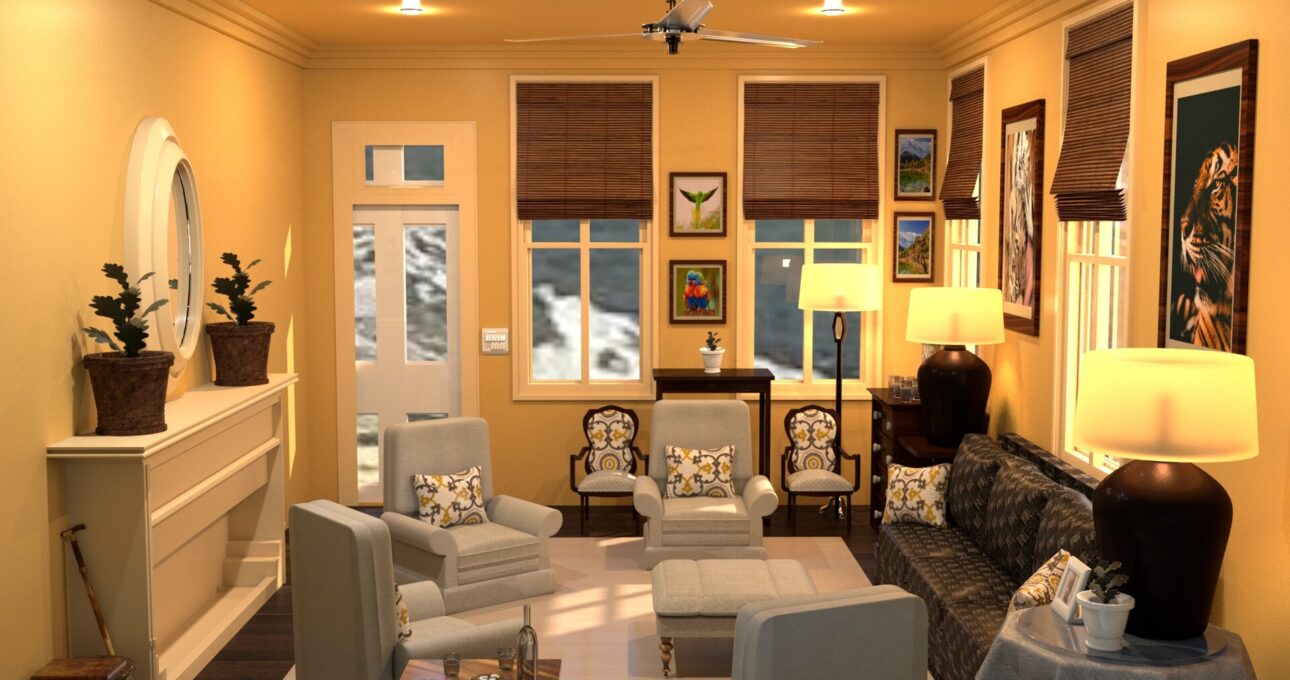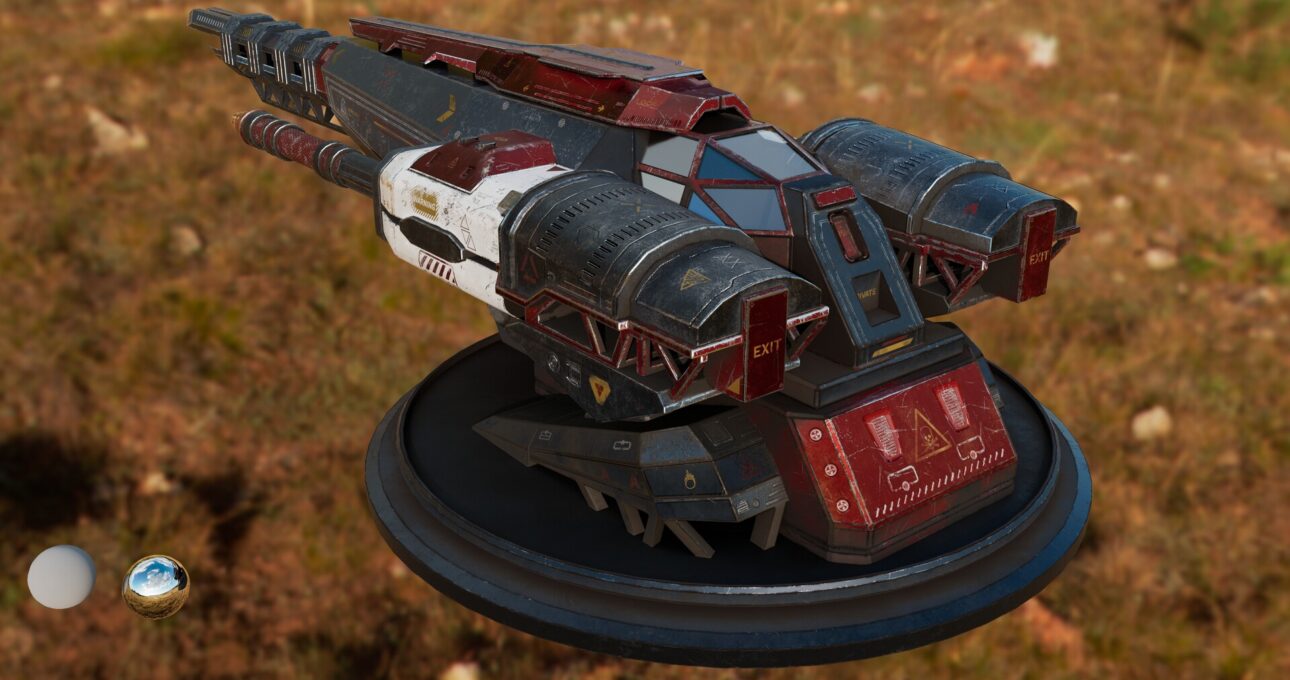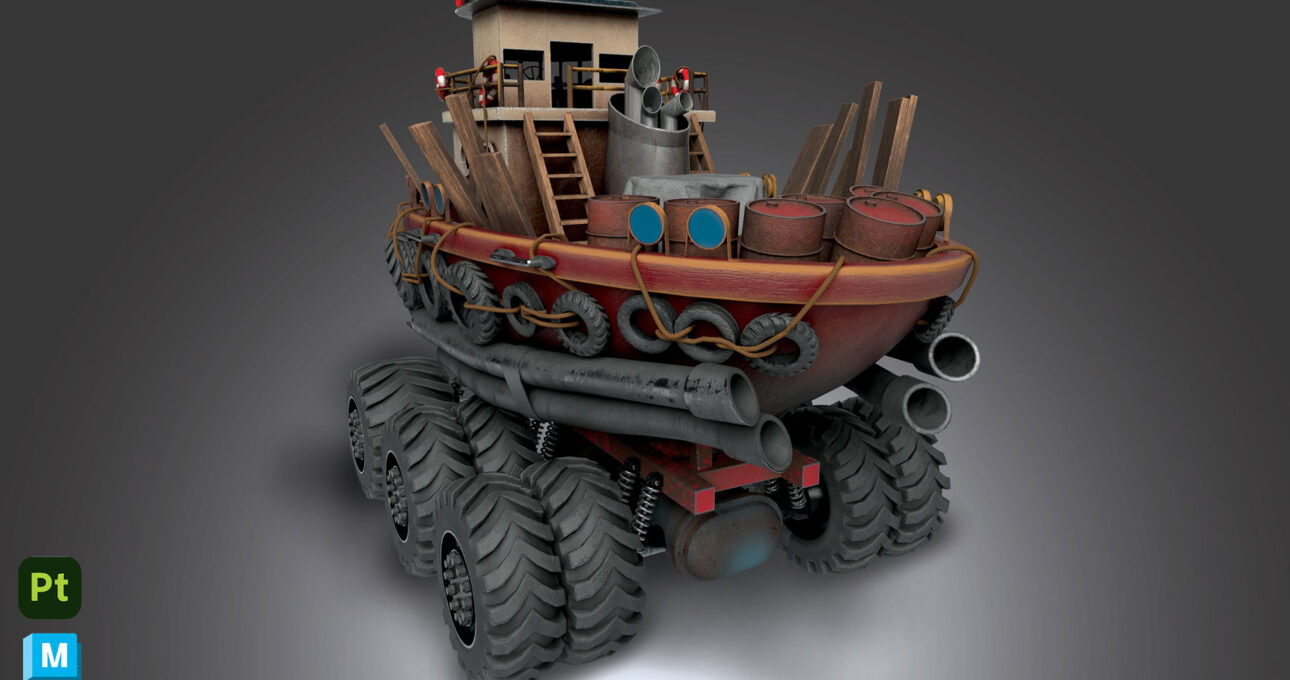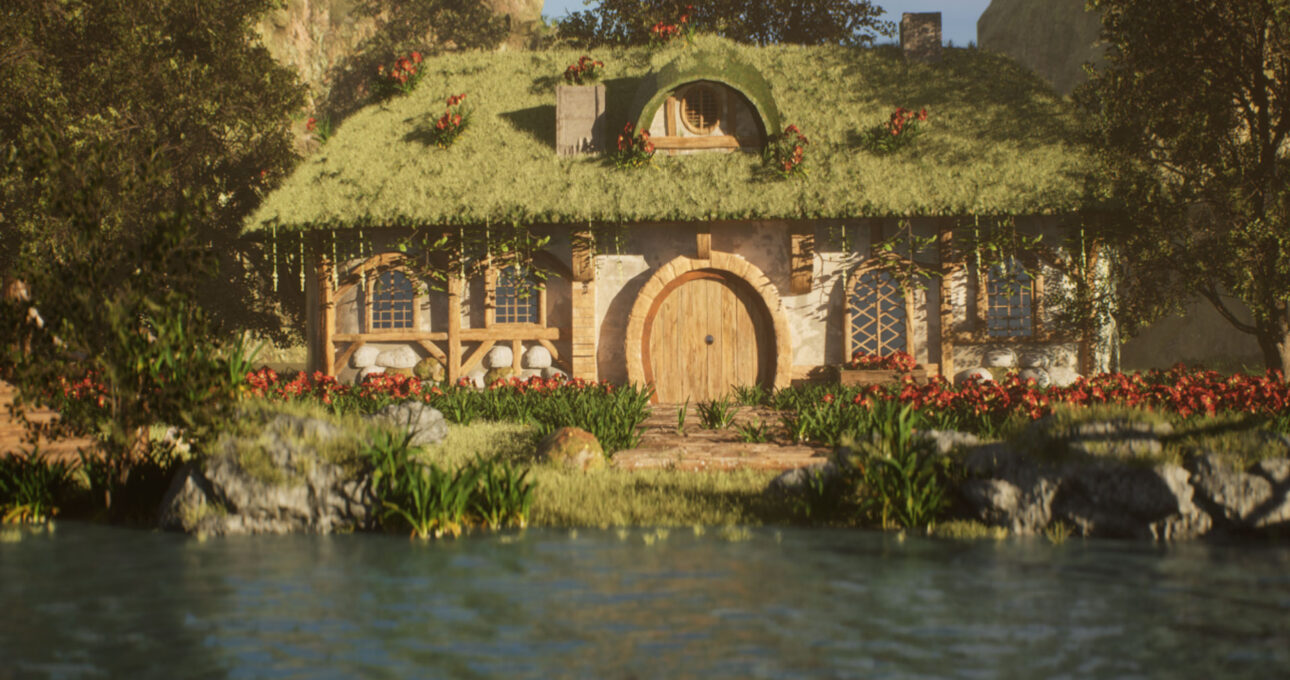Animation VFx Gaming
SEMESTER 1
- Basic Shapes & Sketching Techniques
- Anatomy Drawing
- Body Language & Expressions
- Lights, Colours & Perspectives
- Digital Painting
- Animation Concepts
- Concept Design, Development & Storytelling Techniques
- Scriptwriting for Animation Character Design & Development
- Acting & Voice Characterisation
- Concept Art & Inspirational Sketches
- Visual Scripting with Film Language
- Storyboarding for Animatics
- Editing for Animatics
- Principles of Animation
- Timing for Animation
- Pre-production Portfolio
Semester 2
- Fundamentals of VFX & 3D Basics
- Digital Modeling with Maya
- Digitaly Sculpting
- Texturing 3D Models with Maya
- Lighting Models with Maya
- Rigging 3D Models with Maya
- 3D Character Animation & Rotomation
- Particle & Dynamics
- FX & Simulation
- Matchmoving & Camera Tracking
- Working with Arnold Renderer
- 3D Design Portfolio with Specialisation (Choose 1 Elective)
- Introduction to Unity Game Engine
- Asset & Environment Modeling
- 3D Texturing for Games
- Lighting & Rendering for Games
- Unity Game Engine Workflow 3D Game Portfolio
Semester 3
- VFX Filmmaking – Pre to Post-production
- Layer-based Compositing
- Pre-visualisation & VFX Video Shoot
- Introduction to Nuke Rotoscopy using Silhouette
- Roto and RotoPaint
- Wire Removal
- Colour Correction
- Green/Blue Screen
- Matchmoving Techniques
- Matte Painting
- Time Remapping & Bounding Boxes
- Channel & Multi-passes
- Advanced Compositing Tools
- FX with Houdini Z-Depth & Multi-pass Compositing
- Digital Portfolio Development
Course Duration
- 33 Months
Job Role
Softwares covered
SEM 1
- Adobe Photoshop
- Adobe Animate CC
- Adobe Audition CC
- Premier Pro CC
SEM 2
- Maya
- Zbrush
- Xgen and Real Flow
- Agisoft Metashape/3DF Zephyr
- Adobe After EffectsMaya
- Zbrush
- Xgen and Real Flow
- Agisoft Metashape/3DF Zephyr
- Adobe After Effects
SEM 3
- Unreal Engine (c++, Blue print)
social media
ANIMATION MAIN FEATURES
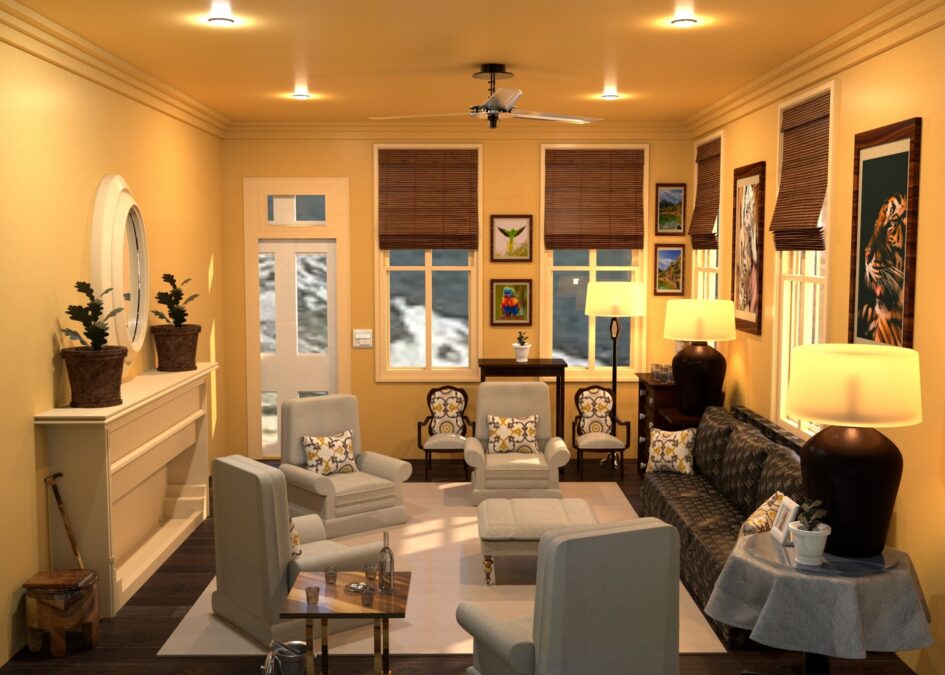
MODELLING
The process involves creating a three-dimensional representation of objects, characters, or environments using specialized software.
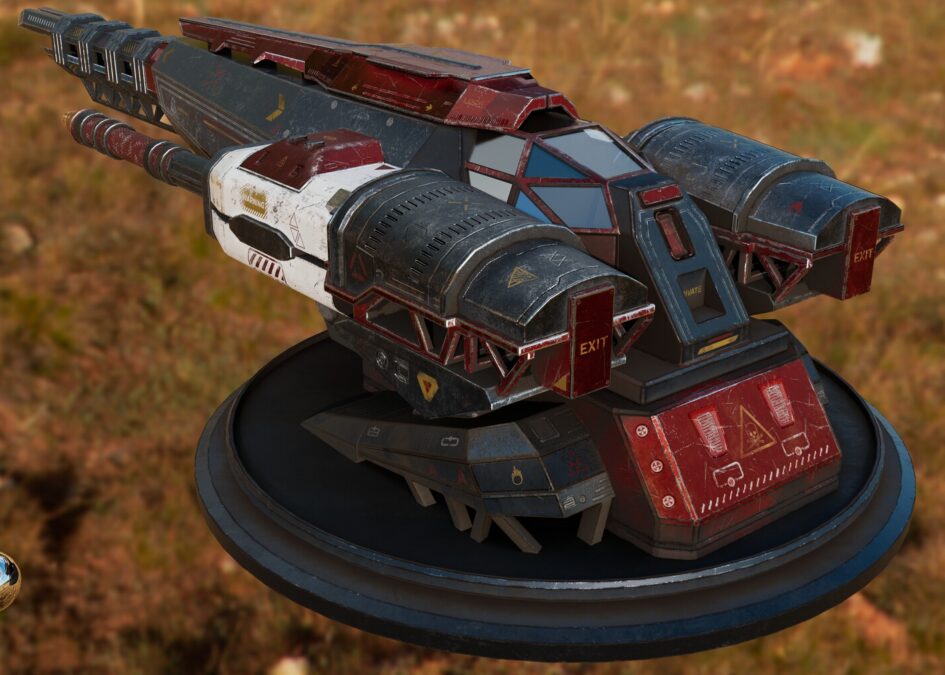
TEXTURING
Next, surface details such as colors, patterns, or materials are added to the 3D models to make them appear realistic or stylized.

DETAILING
Additionally, models are enhanced with intricate elements—like fine textures, shapes, or effects—to achieve a polished and lifelike appearance.

SPOTLIGHT
Moreover, lighting techniques can be applied, such as focused lighting, which emphasizes specific areas or objects in the scene to enhance visibility or mood.
VFX MAIN FEATURES
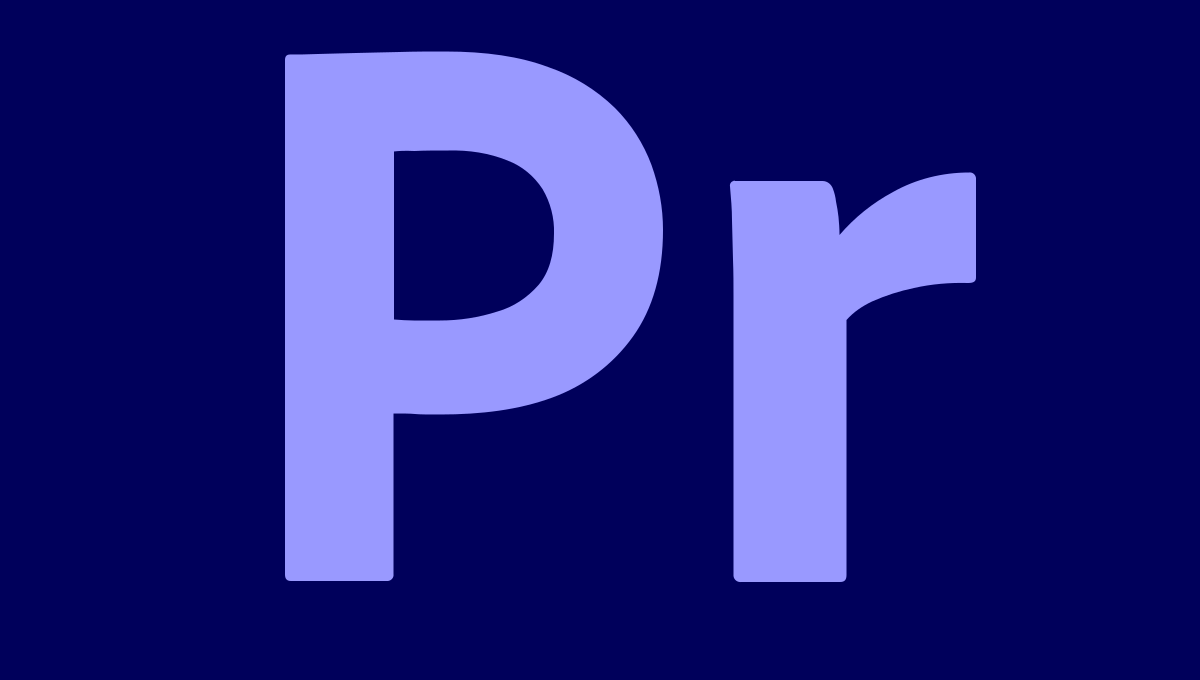
Premiere Pro
For video editing, professionals often use high-end software designed for cutting, assembling, and refining video footage.

Houdini
In the realm of 3D animation, powerful tools like procedural generation software are commonly used to create complex simulations.

nuke
Post-production work typically relies on advanced compositing and visual effects software, especially in film and television projects.
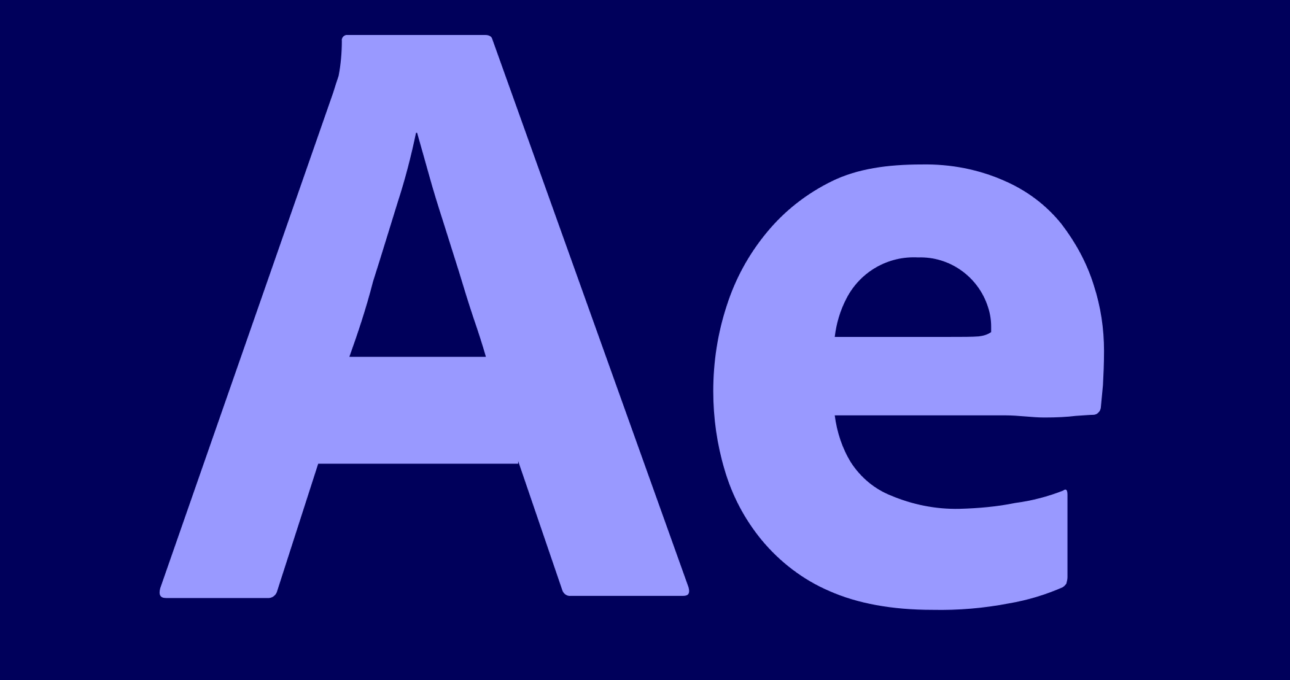
after effect
Finally, motion graphics and VFX courses frequently incorporate industry-standard tools for animation, compositing, and visual effects creation.
GAMING MAIN FEATURES
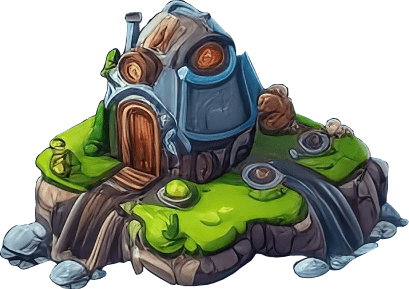
Environment Design
The process begins with designing 3D environments, progressing from modeling to assembling, and finally moving through lighting and rendering.
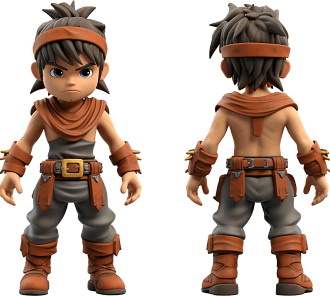
Character Design
In addition, 3D characters are created for main players, enemies, and supporting roles using industry-standard software such as Maya, ZBrush, and Substance Painter.
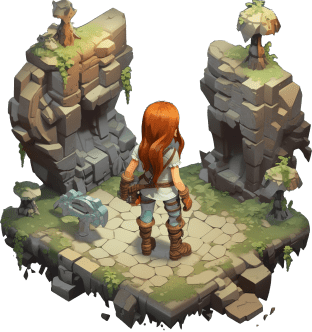
survival mode
Moreover, survival games are developed, covering both Third-Person and First-Person Perspectives to offer diverse gameplay experiences.
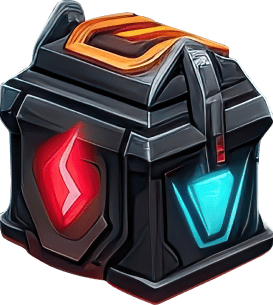
game mechanics
To support game mechanics, logic is implemented using Blueprints and C++, enabling features like player respawn and checkpoint clearance.
student's work



